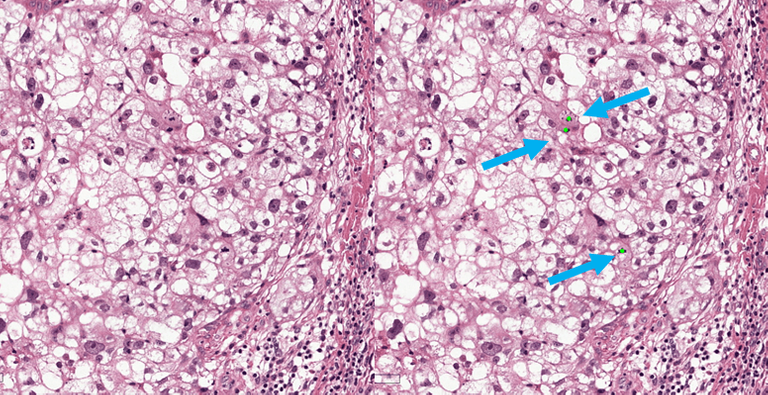Background
Approximately 20% of all breast cancers are so-called triple-negative (TNBC), indicating their lack of overexpression of oestrogen and progesterone receptor and human epidermal growth factor receptor 2. These cancers are associated with an increased risk of recurrence, even for tumors smaller than one centimeter. There is a tendency to administer adjuvant chemotherapy even to limited stage TNBC patients. This results, however, in substantial overtreatment, accompanied by unnecessary mortality, morbidity and costs. On the other site, approximately 25% of TNBC patients will be faced with a locoregional or distant recurrence, usually within 4 years after initial diagnosis. Advanced TNBC has an extremely poor prognosis with a median survival of only 13 months. Up to date, it is a priori unclear which patients will get a recurrence. Prognostic biomarkers are therefore urgently needed, enabling clinicians to select TNBC patients for adjuvant chemotherapy who are at increased risk of recurrence.
Promising results were published on the prognostic value of tumour infiltrating lymphocytes (TIL) in TNBC, using immunohistochemically (IHC) stained tissue sections. Also, mitotic count was found to yield prognostic information. To date, assessment of these biomarkers lack standardisation, resulting in large variations in published results and hampering clinical implementation.

Aim
In this project we will apply advanced digital image analysis to obtain prognostic data from H&E and IHC stained sections. Statistical techniques will subsequently be used to derive a model offering the strongest possible prognostic data. The model will be able to predict TNBC recurrence and survival within 5 years.
Media & Publications
-
First prize OOR ON Onderzoeksprijs (clinical residents' science award), Nijmegen, The Netherlands, 2017.
-
Balkenhol MCA, Ehteshami Bejnordi B, Otte-Höller I, de Boer O, Nap M, van Dijk M, Damen J, Nooijen P, Baidoshvili A, Karssemeijer N, van der Laak J. Improved assessment of IHC staining quality applying quantitative measures. Poster presentation, Digital Pathology Conference, December 2015, London, Great Britain.




